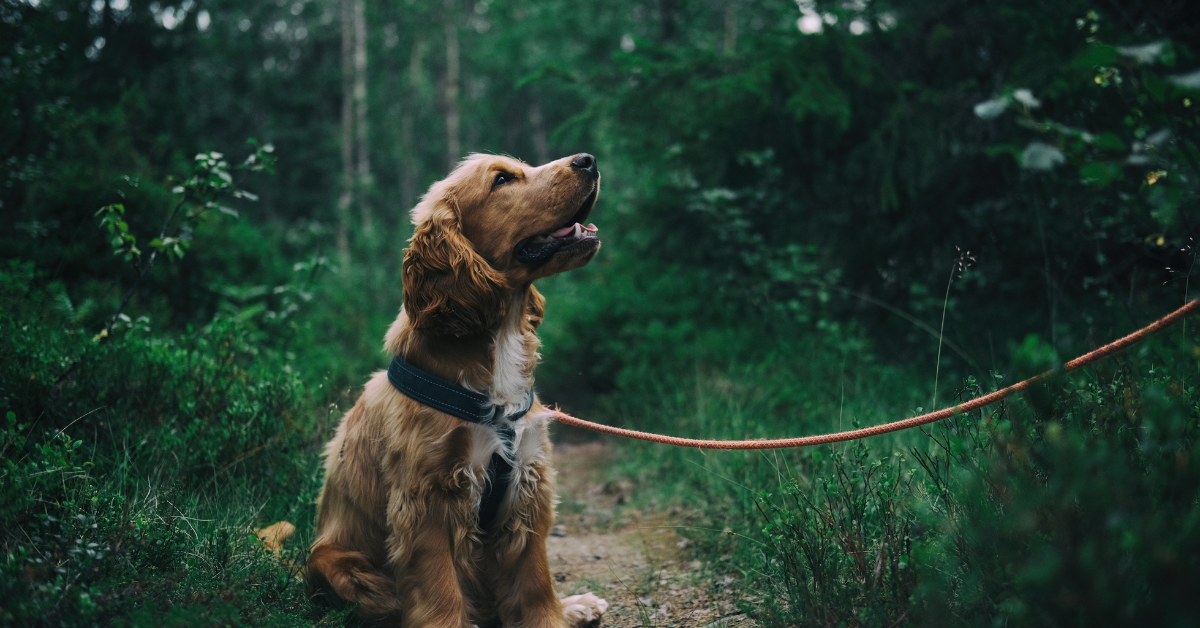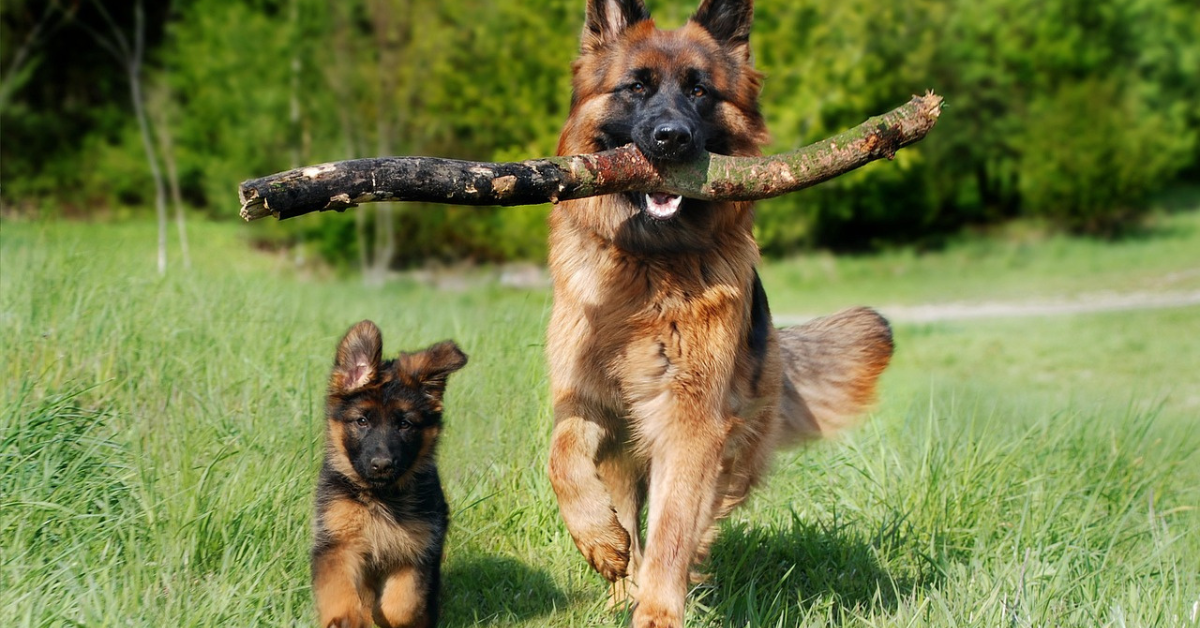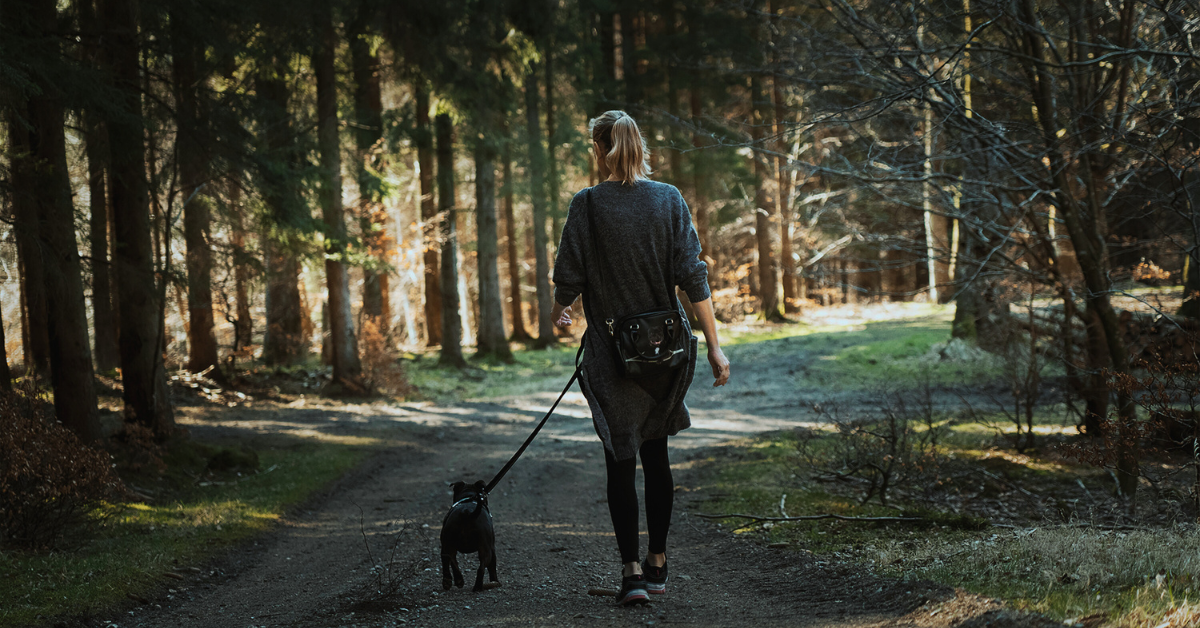
How to Introduce a Dog to Your Toddler

*Collaborative Post
Bringing a dog into your family can be a fun adventure, especially with a toddler at home. A dog can provide companionship and joy to your child’s life. However, introducing a dog to your curious little one needs attention and planning. The way you introduce them will help ensure both your child and your dog get along well.
Dogs and toddlers are both full of energy and curiosity. It’s important to guide their first encounters so both feel safe and comfortable. With the right approach, you can help your toddler learn to interact positively with your dog. Let’s look at how to introduce a dog to your toddler.
Prepare Your Toddler
Before bringing your dog home or making the introduction, prepare your toddler. Talk about the dog, explaining what pets are like and what to expect. Use simple language to pique their interest. Share fun facts about dogs to build excitement.
Also, set some basic rules for your toddler. Teach them to be gentle, share space, and respect the dog’s personal space. You can create simple rules, like “no pulling the dog’s tail” and “don’t interrupt the dog while it’s eating.” This will help future interactions go smoothly.
The First Meeting
Make the first meeting calm. Choose a quiet space where the dog doesn’t feel overwhelmed and your toddler feels relaxed. Keep your dog on a leash to manage the situation easily. Allow your toddler to approach slowly.
Encourage your toddler to greet the dog calmly with a gentle stroke on its back or side. Supervise closely and guide your toddler during this time. Praise good behaviour to encourage positive interactions. Keep the meeting brief to avoid overwhelming either the dog or your child.
Build Trust
After a positive first meeting, focus on building trust. Gradually let your toddler spend more time with the dog but be cautious. Play games together, like fetch, to create fun interactions. Use this time to teach your child about the dog’s body language. A wagging tail usually means the dog is happy, so be gentle if it seems uncomfortable.
You can also involve your toddler during feeding time. For example, if you use Open Farm dog food, let your toddler help feed the dog. This teaches responsibility and helps form a bond with the pet. Open Farm offers nutritious dog food made with high-quality ingredients, allowing your dog to stay happy and friendly.
Supervised Playtime
Supervised playtime is important for helping your toddler and dog become friends. Always watch them when they are together, especially at first. Look for signs that your dog is stressed or unhappy and encourage breaks when needed. Teach your toddler to understand the dog’s signals, like when the dog needs space or is excited. This will help them connect better.
Using toys that are safe for both your toddler and your dog can make their time together more enjoyable. Sharing interactive toys can promote teamwork and positive play. Praise them when they play well together to help strengthen their bond.
Positive Reinforcement
It’s good to recognize and praise both your toddler and your dog for their good behaviour. Celebrate when your dog responds well to your toddler or when your toddler treats the dog kindly. This encourages good behaviour and makes playtime more fun for everyone.
You can give small treats to your dog for behaving well around your toddler. Also, acknowledge your toddler’s efforts to create a positive experience. This not only makes them feel proud but also encourages them to keep it up.
A Lifelong Bond
Over time, the bond between your toddler and your dog will grow. Their playful moments and affection will create lasting memories. This relationship enriches your child’s life and provides emotional support for your dog, who will thrive in a loving environment.
Keep communication open. Celebrate successes, discuss problems, and continue teaching your toddler in a caring way. Your ongoing support will help build a strong friendship between your toddler and their pet. A dog can bring a lot of joy and love to your family, especially with careful introductions and ongoing care.
*This is a collaborative post. For further information please refer to my disclosure page.




